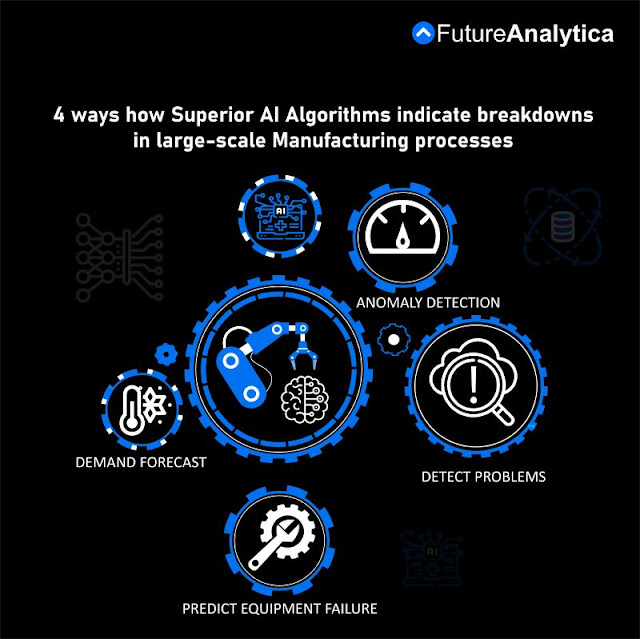How AI & auto MLOps modernize the Manufacturing sector to establish product quality & optimize operations

Machine Learning in Manufacturing Industry Machine Learning is a part of Artificial Intelligence and is a process of training a computer that focuses on how we use data and algorithms to think like human beings. However, machine learning is not an easy process. With the use of statistical methods, algorithms are trained to make predictions or classifications, unveil key insights within data mining projects. These insights are important to make better decisions without being specifically programmed to do so. Machine Learning Model is built when you train your machine learning algorithms with data. For example, a predictive algorithm will build a predictive model, when you provide data, and therefore, you will receive a model which is based on predictive model data. Before deployment machine learning enables models to train on data sets. These trained models can be used in real-time to learn from data. The improvements in accuracy level are a result of the training ...



